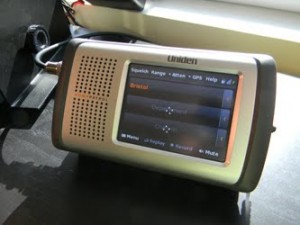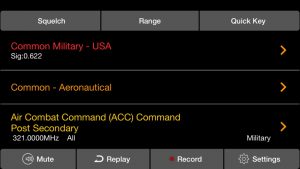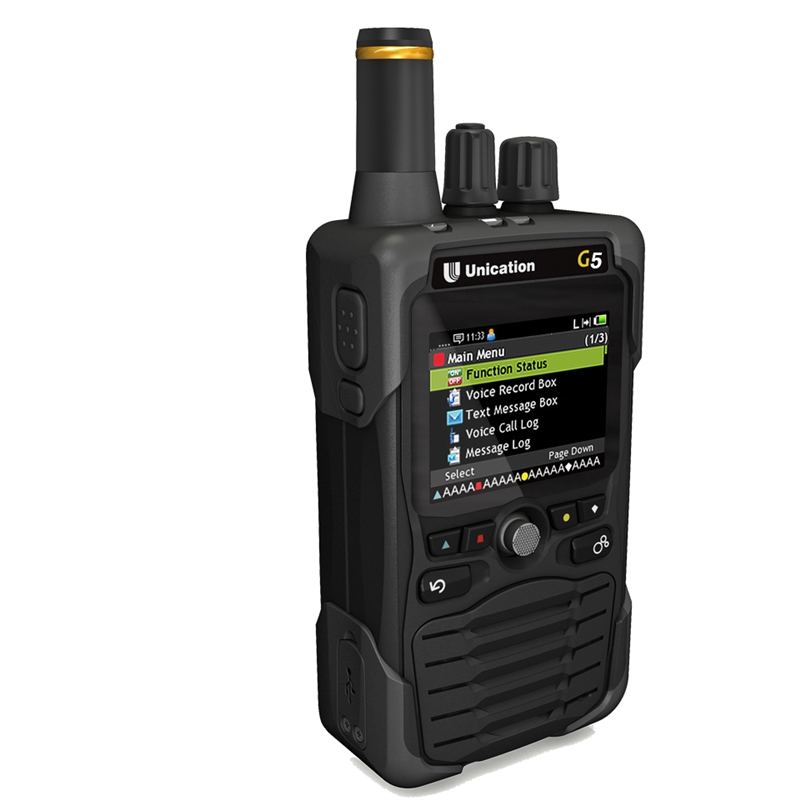So your fancy scanner no longer works. Is it the scanner itself or did your local agencies move to new channels? Today we will discuss ways to find out.
The first thing I tell callers when they say their scanner is dead is to try the local weather channels. Almost everyone is in range of one of the National Weather Service radio stations on 162.400 thru 162.550. If you try each of the 7 channels (listed below) and nothing is heard then there may well be something wrong with the radio. If you have another scanner or weather radio handy try that one. If the other radio works then there is likely something wrong with the first radio.
Here are the weather frequencies that you can check to see if your scanner is working properly:
- 162.4000
- 162.4250
- 162.4500
- 162.4750
- 162.5000
- 162.5250
- 162.5500
If the weather channel works on your scanner then we should look to programming. If the radio worked before but no longer hears the local police, fire or other agencies you used to listen to then they may have changed frequencies. Several states have recently updated their wide-area radio systems, if you live in Ohio, Indiana or South Carolina there is a great possibility that this is what occurred. Alternately, some agencies have switched to existing regional radio systems such as these states or those in Illinois, Missouri, Wisconsin, Michigan Colorado, Louisiana and Mississippi among others.
The best thing to do is check the RadioReference.com database and forums. If you recently lost your target there is likely someone else who has also. I had a caller the other day from northern Arizona say his police department disappeared, he listened to them over the weekend and then on Monday they were gone. We found that they had just switched to a new P25 digital system. While it was not yet listed in the RadioReference database it was being discussed in the RadioReference forums for Arizona.
If all this fails and you cannot find the target anywhere by searches with the scanner there are still a couple more tricks. Remember that public safety communications systems are expensive. They don’t go out and buy them on a whim. Purchases of that size usually must be approved by the local boards, City Council, County Supervisors etc. Look at these board’s websites for meeting minutes and agenda items. This is all public information and most places these days post them to the web. You can sometimes find all kinds of interesting information on the systems, sometimes even complete technical details, frequencies and talkgroup information get put up there!
Check with your local officers and administrators. While often they might not be technically savvy they might know that “we switched to the County system” or something. Also look for the type of radio they are carrying or have installed in the vehicle. That can sometimes point to the radio system type they are using.
Once you find out what system they are using and the frequencies etc. reprogram or replace your scanner to match.






